Table of Contents
The Omani flag, also known as the flag of Oman, holds a significant place in the nation’s history and culture. With its vibrant colors and meaningful symbolism, it represents the Omani identity and heritage. In this article, we will delve into the intriguing aspects of the Oman flag, its design, historical background, and the symbolism behind its elements.
The Oman flag features three horizontal bands of white, red, and green, with a vertical red stripe on the hoist side bearing a white emblem of two crossed swords and a dagger. The white color symbolizes peace and prosperity, the red represents battles against foreign invaders, and the green stands for the Green Mountains and fertility.
Oman Flag: Colors and Symbolism
- The flag of Oman features three horizontal bands of white, red, and green, with a vertical red stripe on the hoist side.
- The white color symbolizes peace, prosperity, and the aspirations of the Omani people.
- The red color symbolizes the battles against foreign invaders and the sacrifices made by the Omani people.
- The green color represents the Green Mountains, fertility, and the abundant nature of Oman.
- The white emblem of two crossed swords and a dagger is a symbol of the historic weapons used by the Omani people and holds historical and cultural significance in Omani tradition.
- The flag’s design reflects the nation’s aspirations, cultural heritage, and unity among the Omani people.
Flag of Oman
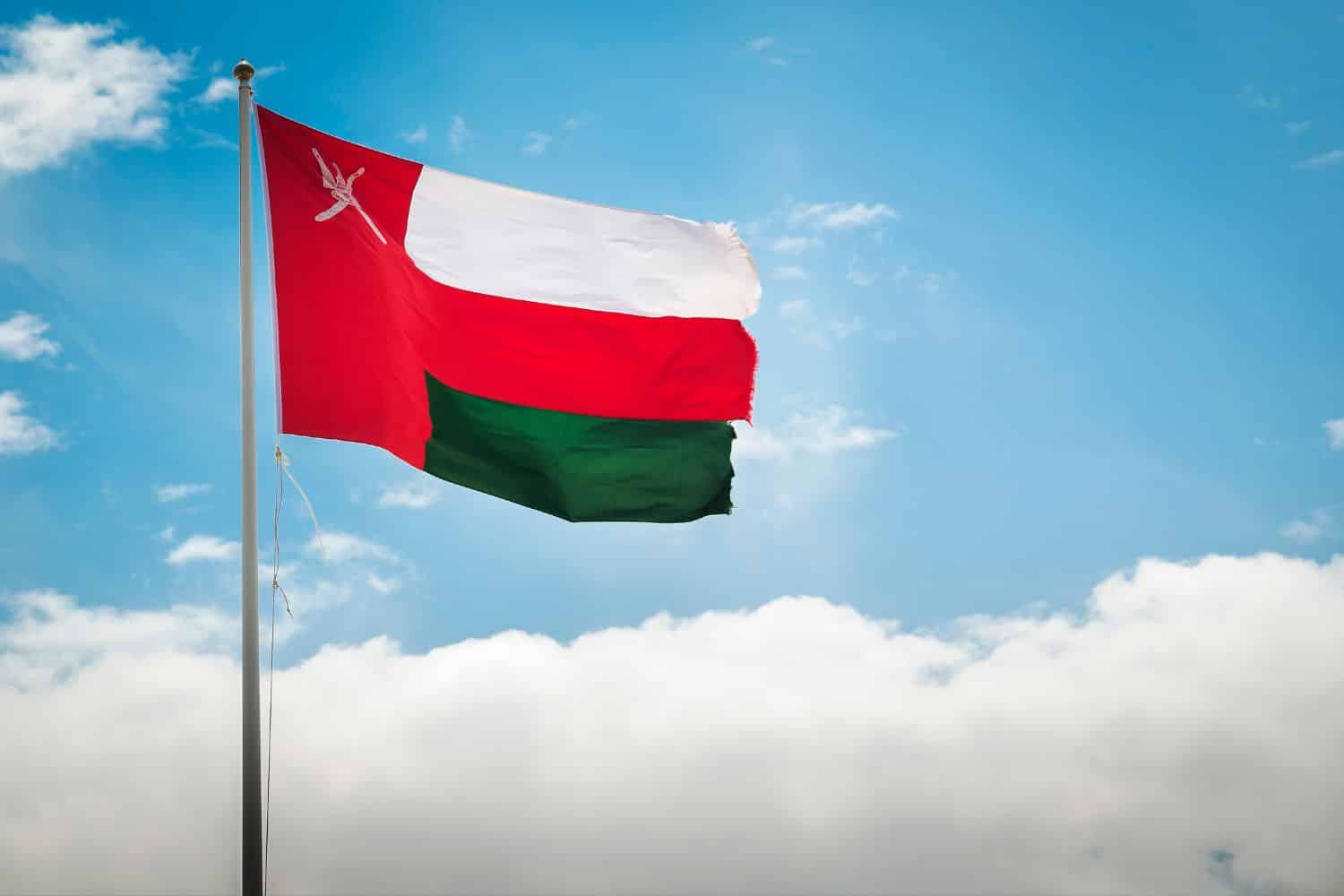
The flag stands as a powerful symbol that encapsulates the cultural significance and spirit of the nation. Its design consists of three horizontal stripes of white, red, and green, with a vertical red stripe at the hoist containing a white emblem. The white symbolizes peace and prosperity, the green represents the green mountains and the fertility of the land, and the red is a symbol of the battles fought to expel foreign invaders. The emblem contains a dagger (khanjar) and two swords, representing the historic weapons of the Omani people.
The history of the flag is intertwined with Oman’s rich heritage and struggle for sovereignty. Adopted on November 18, 1995, the flag represents the unity and aspirations of the Omani people.
Beyond its aesthetics, the flag from Oman carries deep symbolic meanings. The colors reflect the values and aspirations of the Omani people, symbolizing peace, prosperity, and defense of the homeland. The emblem embodies Oman’s historical roots and serves as a reminder of the nation’s resilience and unity.
National Flag Etiquette and Protocol
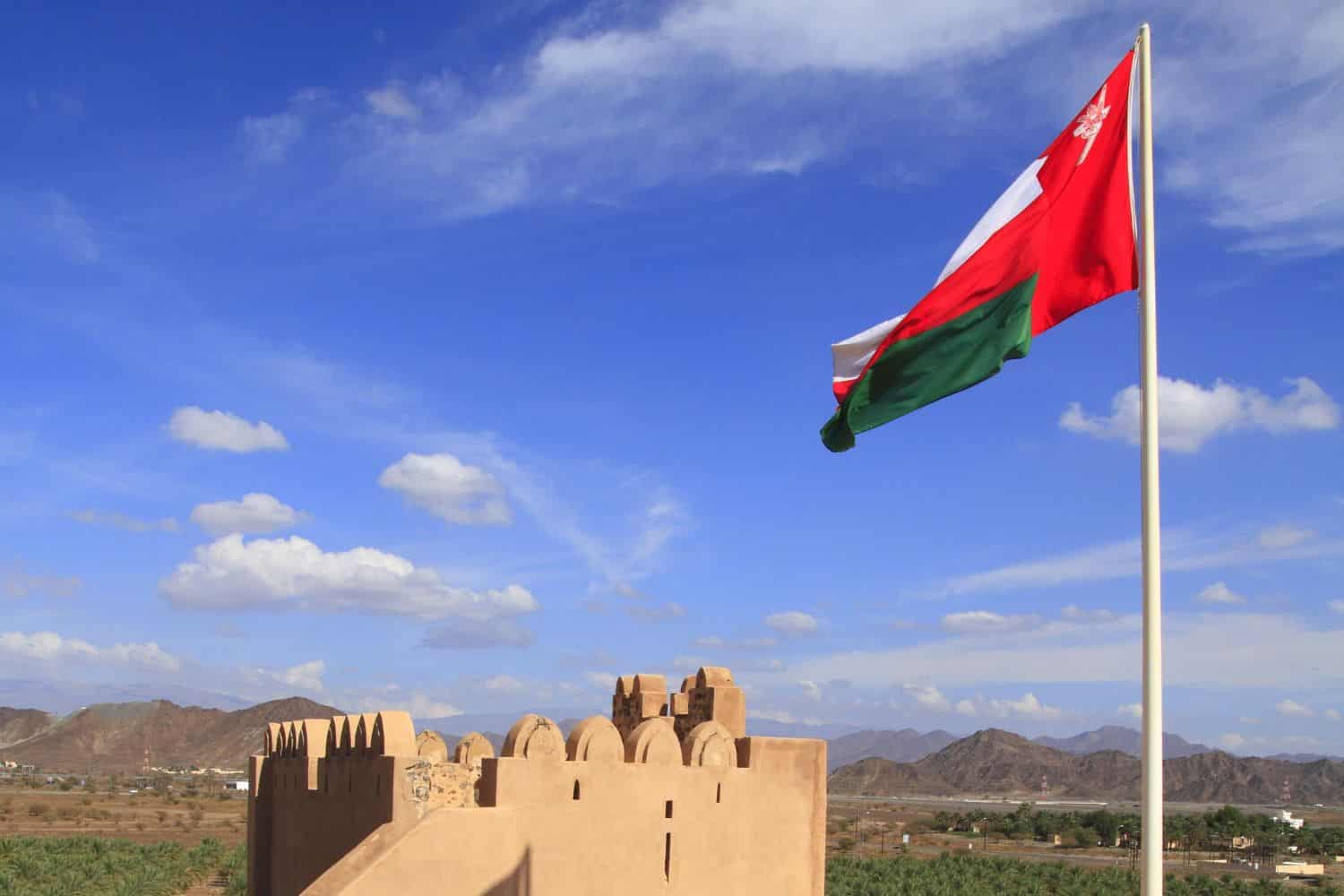
Respecting the proper usage and display of the Omani flag is of utmost importance. Understanding flag etiquette is essential, especially during national events and ceremonies. Learn about the protocols governing the handling, hoisting, and lowering of the flag. Discover the appropriate procedures for retiring or handling damaged flags, ensuring they are accorded the respect they deserve.
- Proper Handling: The Omani flag should be handled with care and respect, ensuring it is not allowed to touch the ground or floor. It should be held upright and not dragged.
- Hoisting and Lowering: When hoisting the flag, it should be raised briskly and lowered ceremoniously. It is customary to hoist the flag at sunrise and lower it at sunset, although this may vary depending on the occasion or specific guidelines.
- Displaying the Flag: The Omani flag should be displayed with the vertical red stripe and emblem at the hoist side. It should be flown freely and not entangled or obstructed.
- Half-Staff: Lowering the flag to half-staff is a gesture of mourning or respect. This should be done on specific days of remembrance or when directed by authorities to honor national tragedies or the passing of significant figures.
- Flag Retirement: When an Omani flag becomes damaged, torn, or worn out, it should be retired in a dignified manner. This can involve burning it in a respectful and solemn ceremony, following appropriate guidelines and local regulations.
- Flag Size and Placement: The size of the Omani flag displayed should be proportionate to the size of the flagpole or display area. It is recommended to consult local guidelines or authorities for specific rules regarding flag size and placement.
- Respectful Disposal: If a flag cannot be retired through burning, it should be disposed of in a respectful manner. This can involve burying it or handing it over to authorized organizations that specialize in flag disposal.
Interesting Facts and Trivia
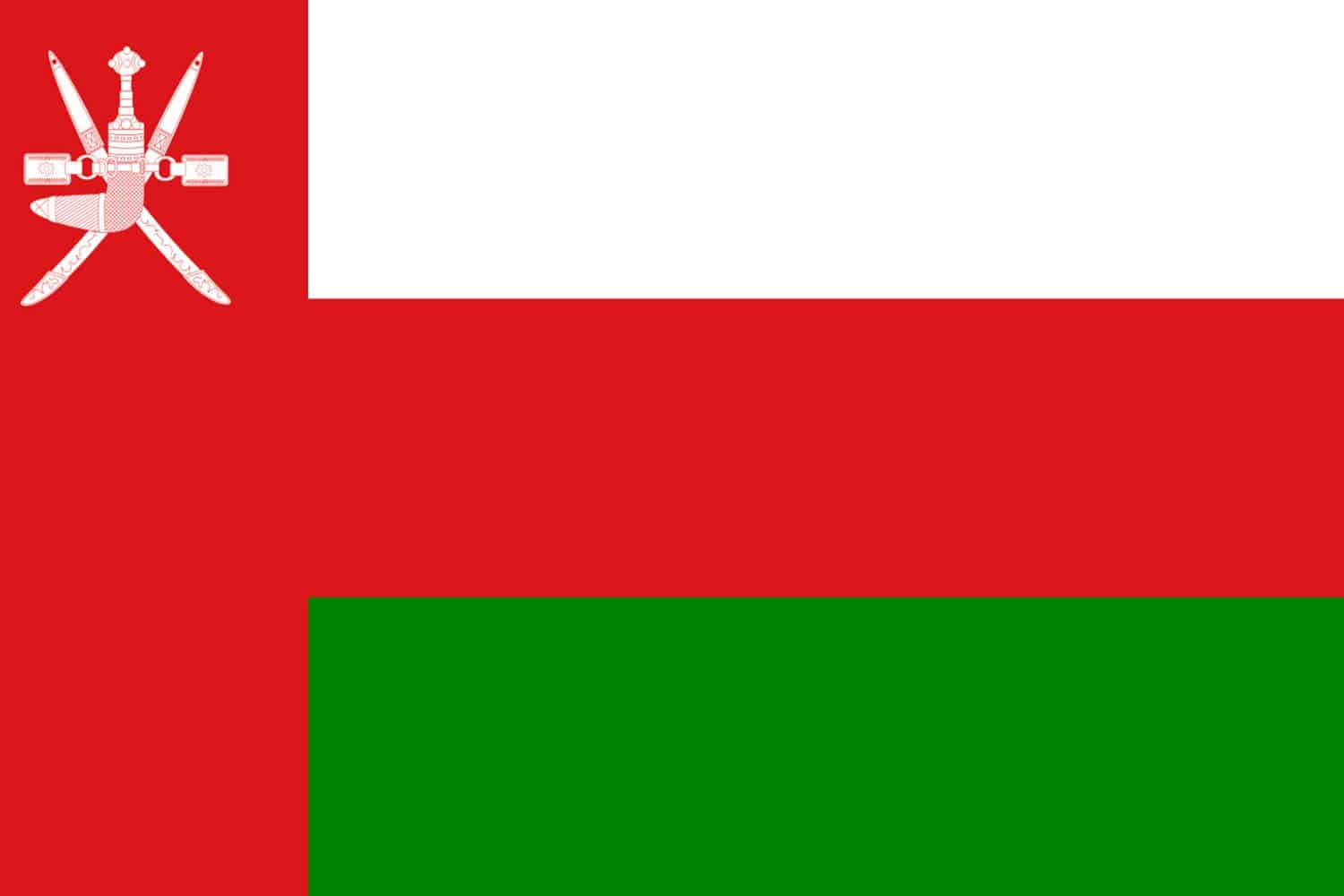
Embark on a journey of fascinating facts and lesser-known trivia about the Omani flag. Discover unique features within the flag’s design that hold hidden symbolism. Uncover stories of famous incidents or events involving the flag that have left an indelible mark on the nation’s history and identity.
Rich Tapestry of History
- 1970: The current flag of Oman was adopted on December 17, symbolizing the unity and aspirations of the Omani people.
- Colors and Symbolism: The red color represents bravery, valor, and sacrifices made by the Omani people, while the green color symbolizes hope, renewal, and the fertile landscapes of Oman.
- Dagger and Swords: The emblem in the flag’s center, which consists of a dagger (khanjar) and two crossed swords, holds historical and cultural significance in Omani tradition.
- National Identity: The flag embodies Oman’s rich history, cultural heritage, and the nation’s ongoing pursuit of unity, prosperity, and renewal.
These historical facts highlight significant moments in the history of the Omani flag, showcasing its role in shaping Oman’s national identity and symbolizing its struggles and aspirations throughout the years.
Flag-Related Symbols and Emblems
A flag is not alone in representing the nation’s identity. Explore additional national symbols and emblems closely associated with Oman, understanding their significance and how they relate to the flag. Delve into their historical and cultural roots, further enriching your understanding of Oman’s heritage. It’s easy to travel and make an Omani tour to visit the country’s best destinations.
Symbolisms of the Omani Flag
The flag of Oman holds several symbolic elements that represent the nation’s history, values, and aspirations. Here are the symbolisms of the Omani flag presented in itemized form:
- Red Color: Represents bravery, valor, and the sacrifices made by the Omani people throughout history.
- Green Color: Symbolizes hope, renewal, and the fertile landscapes of Oman.
- Five-Pointed Star: This represents a significant emblem in Omani tradition, holding historical and cultural significance and symbolizing unity and tradition.
- Flag’s Design: Reflects Oman’s aspirations, cultural heritage, and unity among the Omani people.
- National Identity: The flag serves as a powerful symbol that unifies the Omani people, reminding them of their shared heritage and cultural identity.
- National Aspirations: Through its design and elements, the flag embodies the aspirations and values of the Omani nation, including bravery, hope, unity, and tradition.
These symbolisms in the flag contribute to the country’s sense of identity and pride, reflecting its historical journey and cultural significance.
Flags of Similar Countries or Regions
Examining the flags of neighboring countries or regions can provide intriguing insights. Compare and contrast the flags, exploring similarities in design, colors, or symbolism. Uncover historical and cultural connections between flags, shedding light on shared influences or distinctive identities.
Omani Flag vs UAE Flag
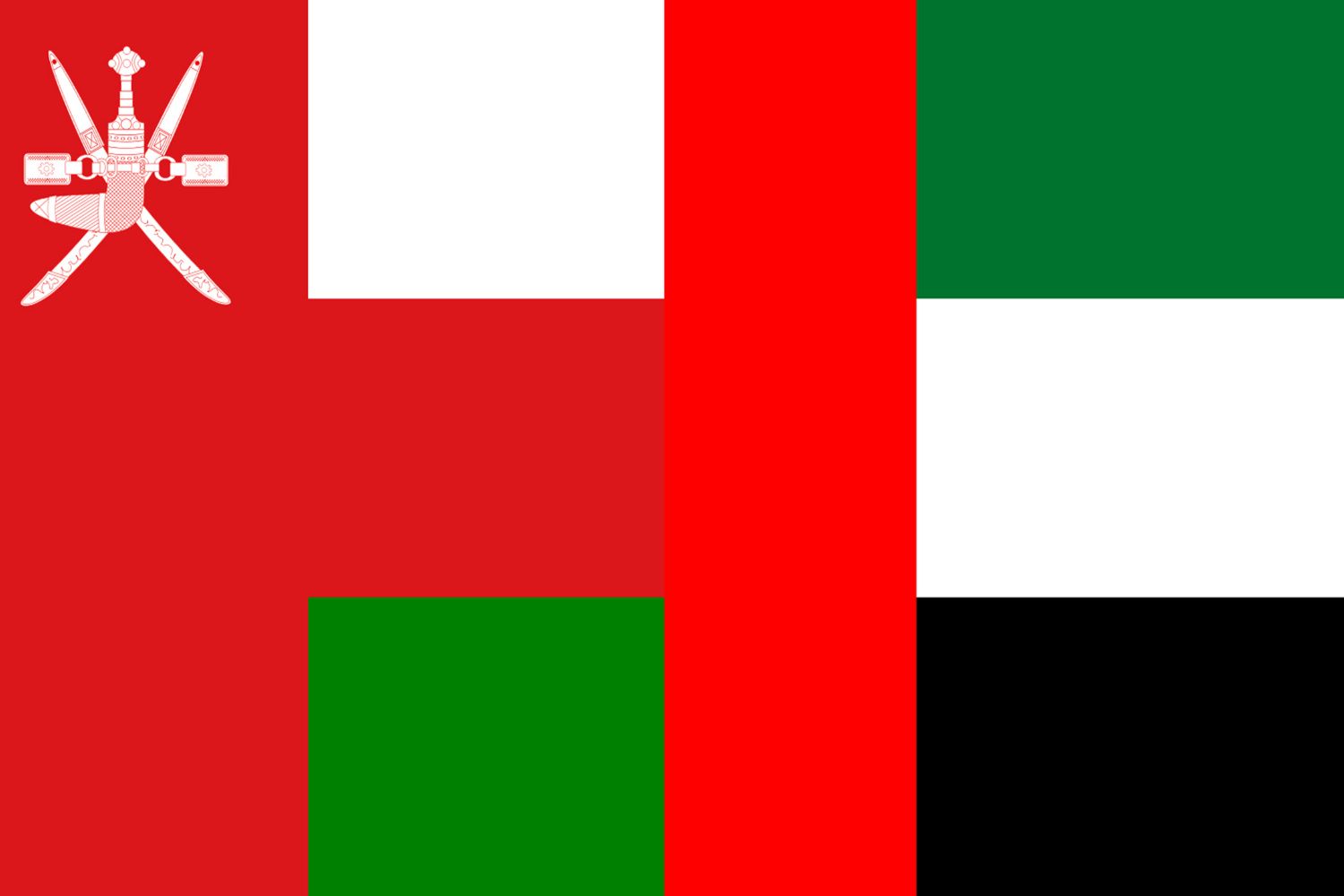
Similarity: Both flags feature a red vertical stripe on the hoist side.
Difference: The UAE flag includes green, white, and black horizontal stripes after the red stripe.
Omani Flag vs Saudi Arabian Flag
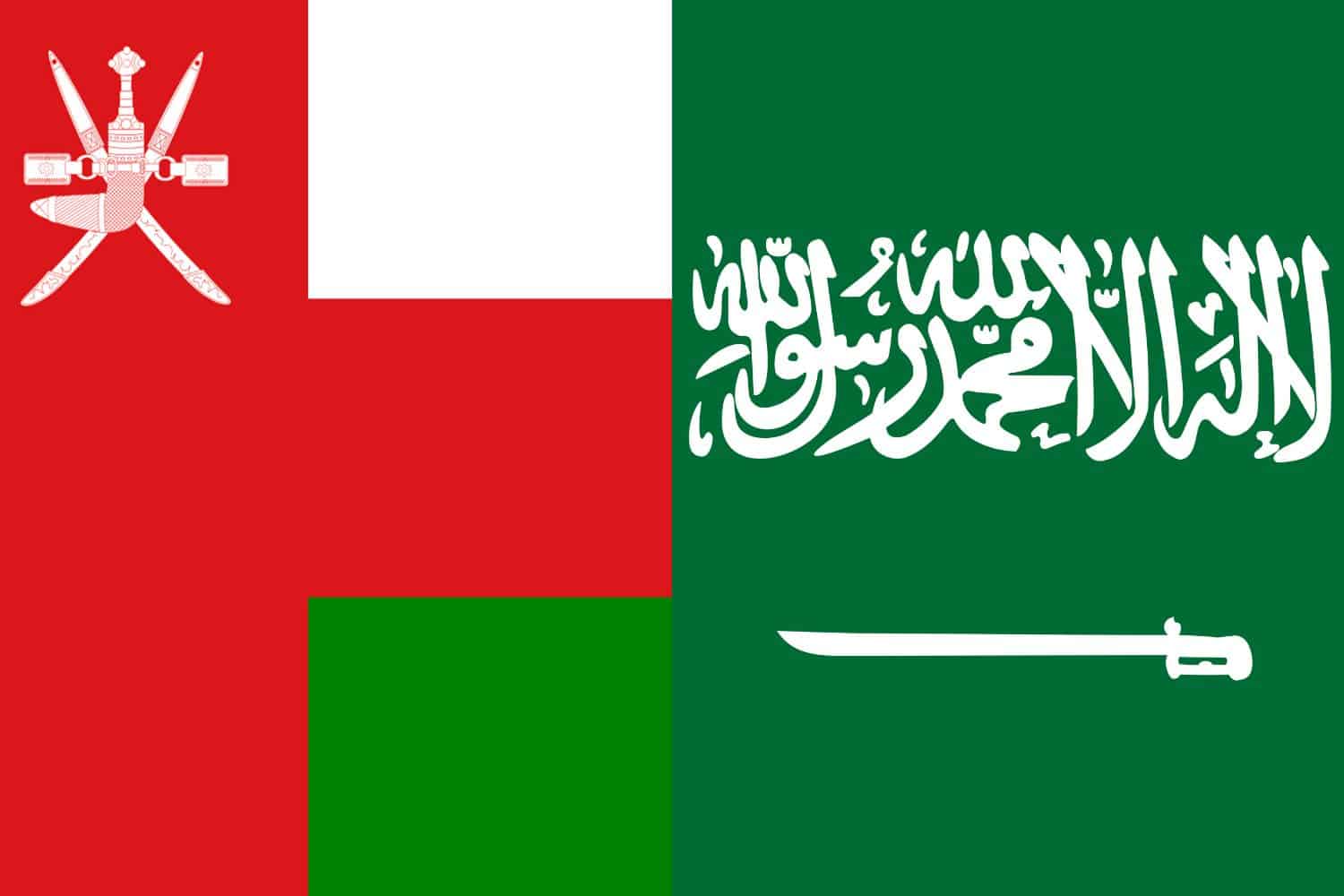
Similarity: Both flags are primarily green in color.
Difference: The Saudi Arabian flag features the Shahada (Islamic creed) in white and a sword.
Omani Flag vs Yemeni Flag
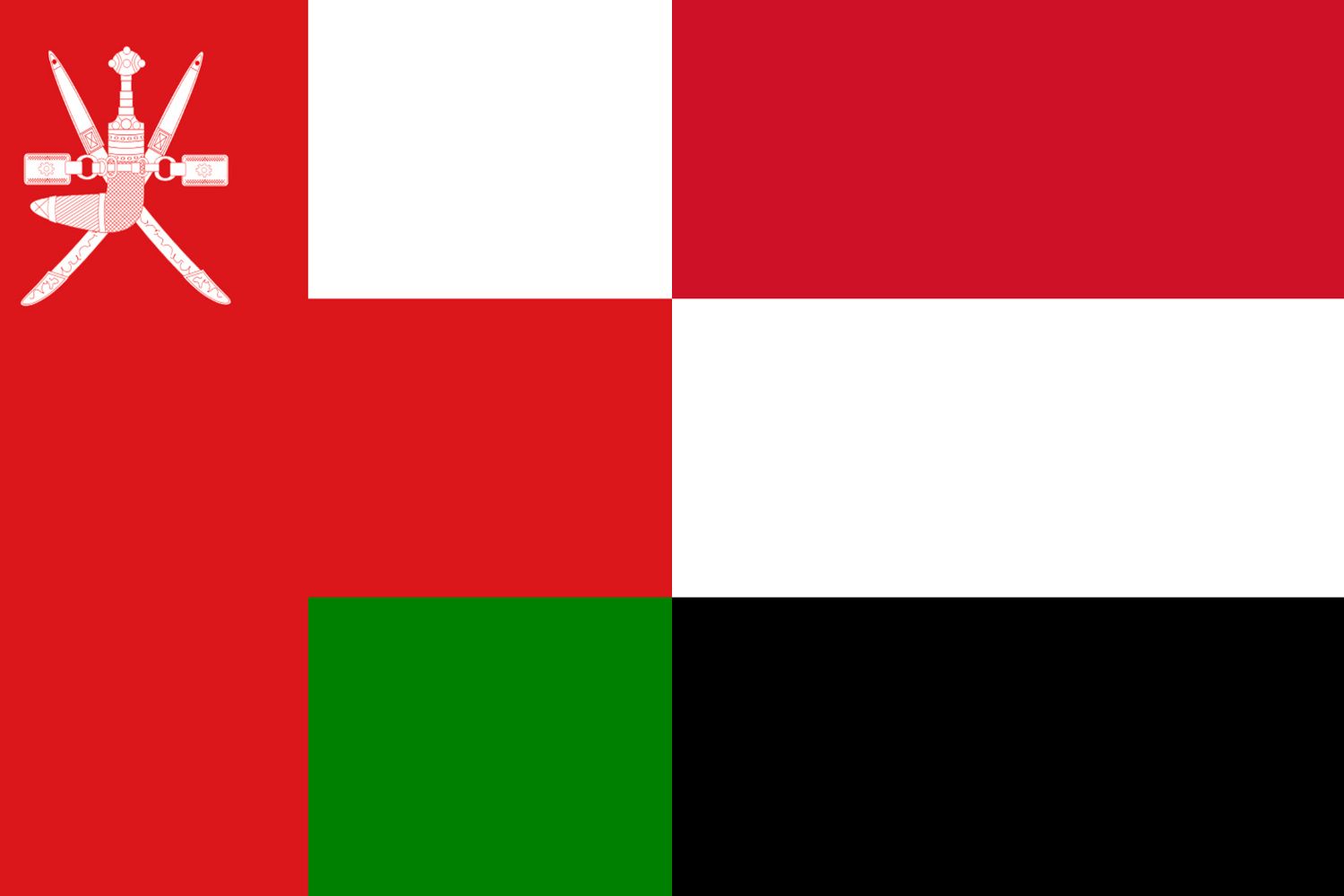
Similarity: Both flags feature horizontal stripes in their design.
Difference: The Yemeni flag includes black, white, and red horizontal stripes.
Omani Flag vs Bahraini Flag

Similarity: Both flags have a white section and a red section.
Difference: The Bahraini flag features a white band adjacent to five white triangles which serve as serrations dividing the white and red sections.
Omani Flag vs Qatari Flag
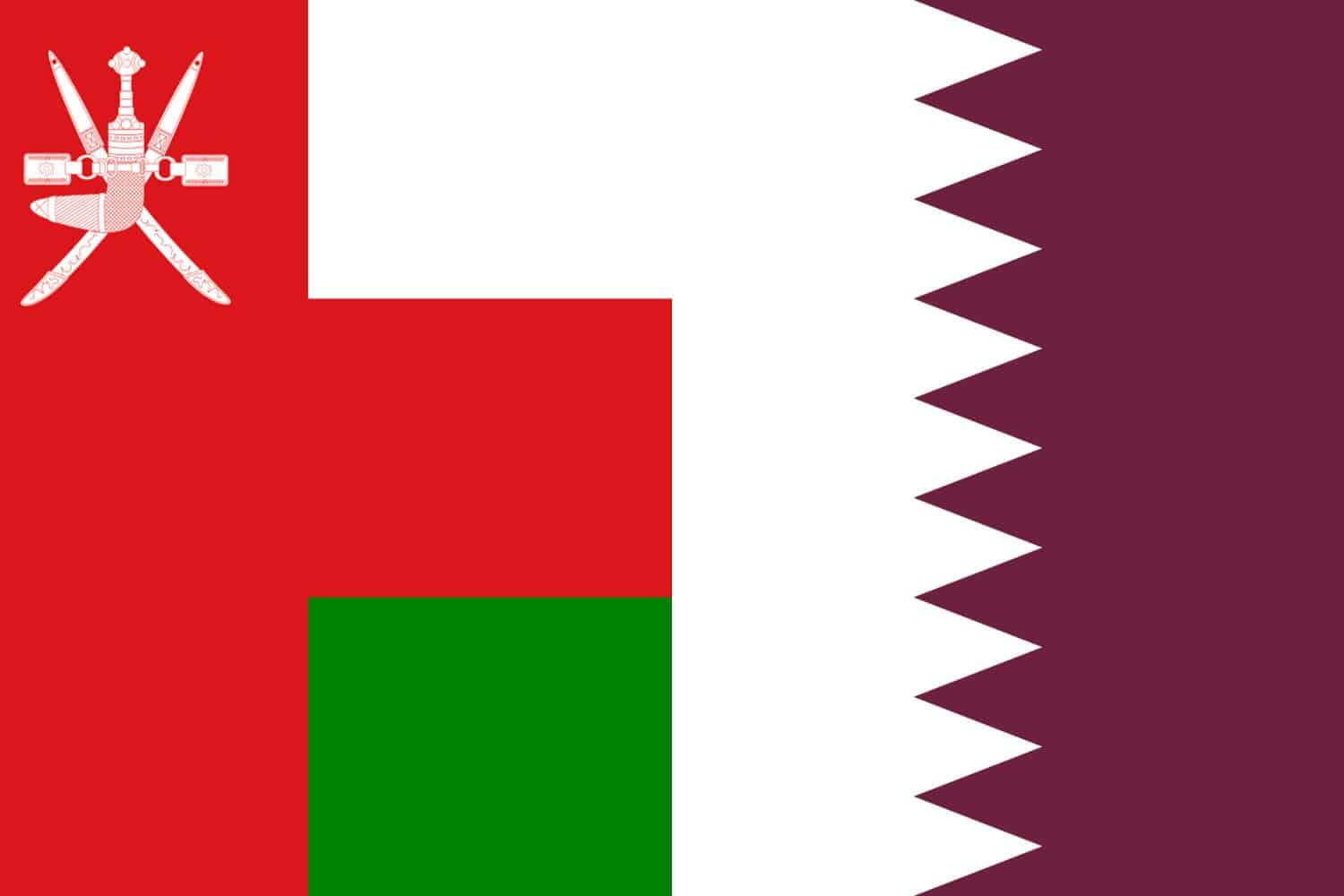
Similarity: Both flags have a white section and a maroon or red section.
Difference: The Qatari flag’s maroon section has serrated edges that separate it from the white section.
Omani Flag vs Kuwaiti Flag
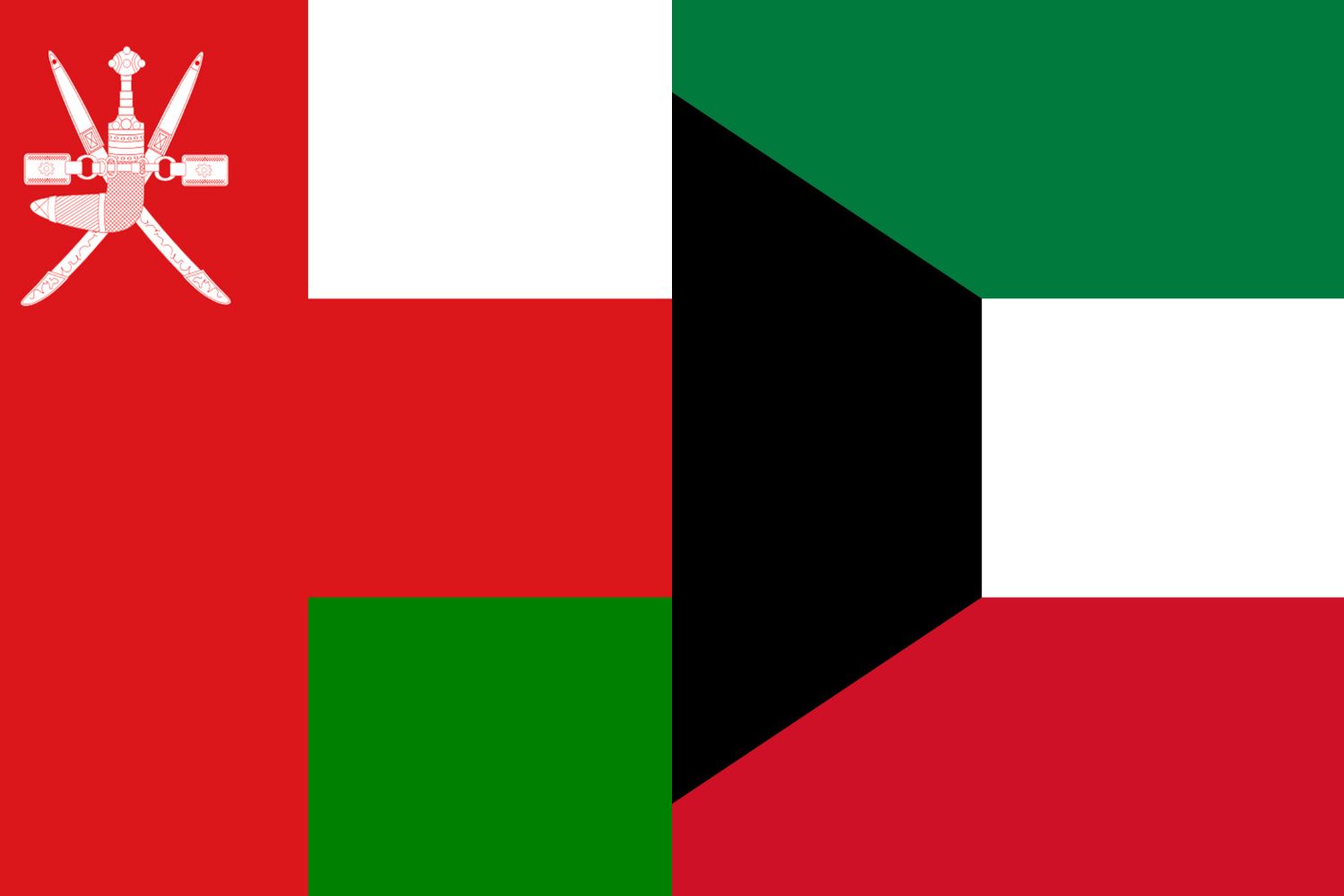
Similarity: Both flags feature horizontal stripes in their design.
Difference: The Kuwaiti flag has a design of black, white, green, and red horizontal stripes.
Frequently Asked Questions (FAQs)
Discover answers to common questions related to the Oman flag picture. From its historical origins to the symbolism behind its elements, find concise and informative responses that address inquiries commonly posed by those curious about Oman’s flag.
What do the colors of the Omani flag represent?
The white symbolizes peace and prosperity, the red represents battles fought against foreign invaders, and the green stands for the Green Mountains and the fertility of the country.
When was the current Omani flag adopted?
The current design of the Omani flag was adopted on November 18, 1995.
What is the emblem on the Omani flag?
The emblem, located in the upper hoist-side corner, consists of a dagger (khanjar) and two crossed swords.
Has the flag’s design changed over the years?
Yes, while the basic colors have remained consistent, the proportions and design, especially the national emblem’s placement, have evolved.
How is the Omani flag different from other flags in the Arabian Peninsula?
The inclusion of the distinctive khanjar emblem sets the Omani flag apart from its neighbors.
What is the significance of the khanjar in Omani culture?
The khanjar, a traditional Omani dagger, is a symbol of Oman’s rich history, and heritage, and is often used as a symbol of male honor.
How should the flag be displayed during national events?
The flag should be raised to full mast during national events, with the khanjar and swords emblem being clearly visible in the upper-left corner.
What is the protocol for flying the Omani flag at half-mast?
On days of national mourning, the flag can be flown at half-mast as a sign of respect and grief.
Is it permissible to use the Omani flag in commercial branding or advertising?
Using the national flag for commercial purposes is generally frowned upon, as it is considered a sacred emblem of the nation. It’s best to consult local regulations and norms.
Are there any specific ceremonies or days when the flag is prominently featured in Oman?
Yes, Oman’s National Day on November 18th is a significant occasion where the flag is prominently displayed across the country in celebration of the nation’s history and achievements.
More About Oman
[the-post-grid id=”50404″ title=”Oman Main page”]
